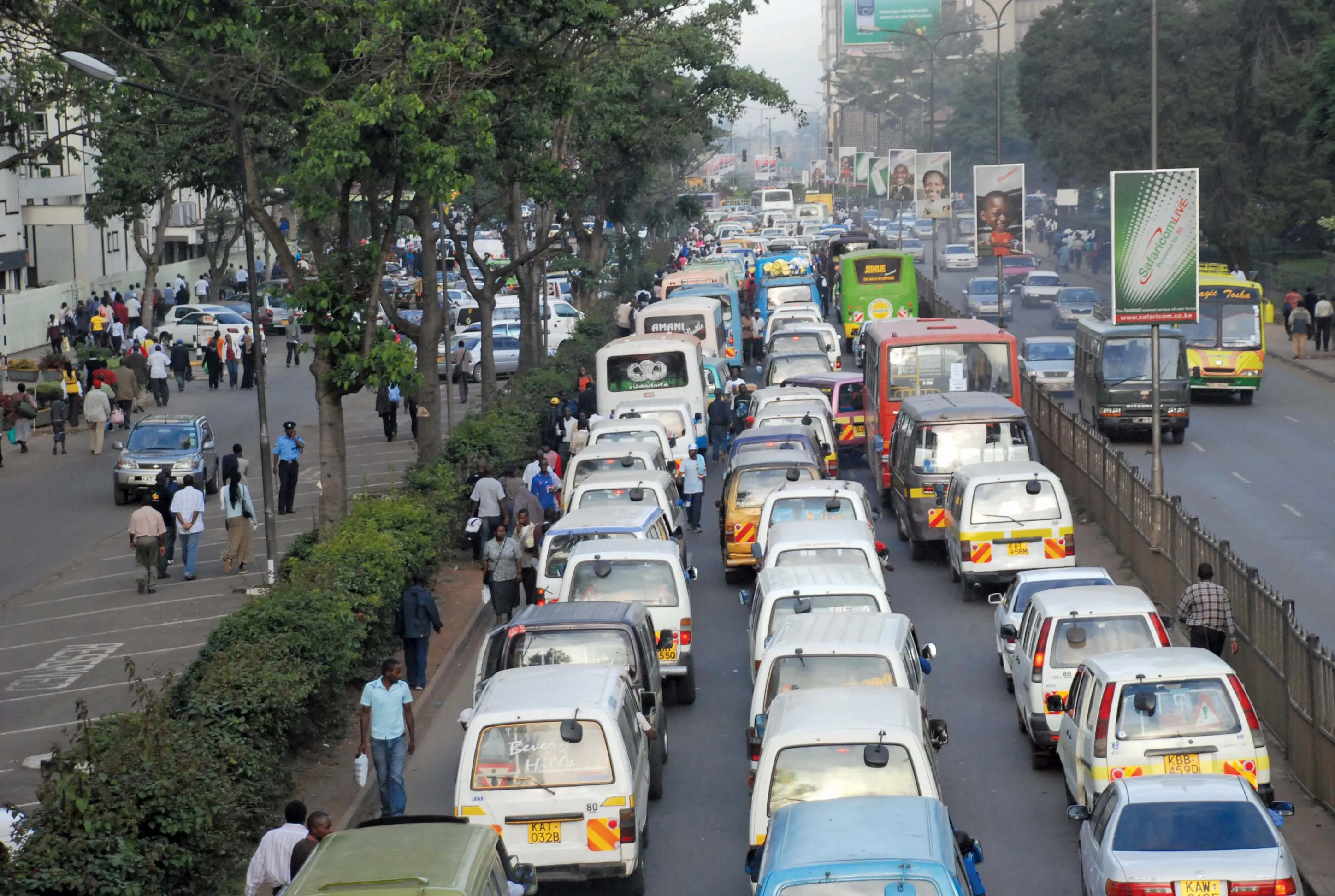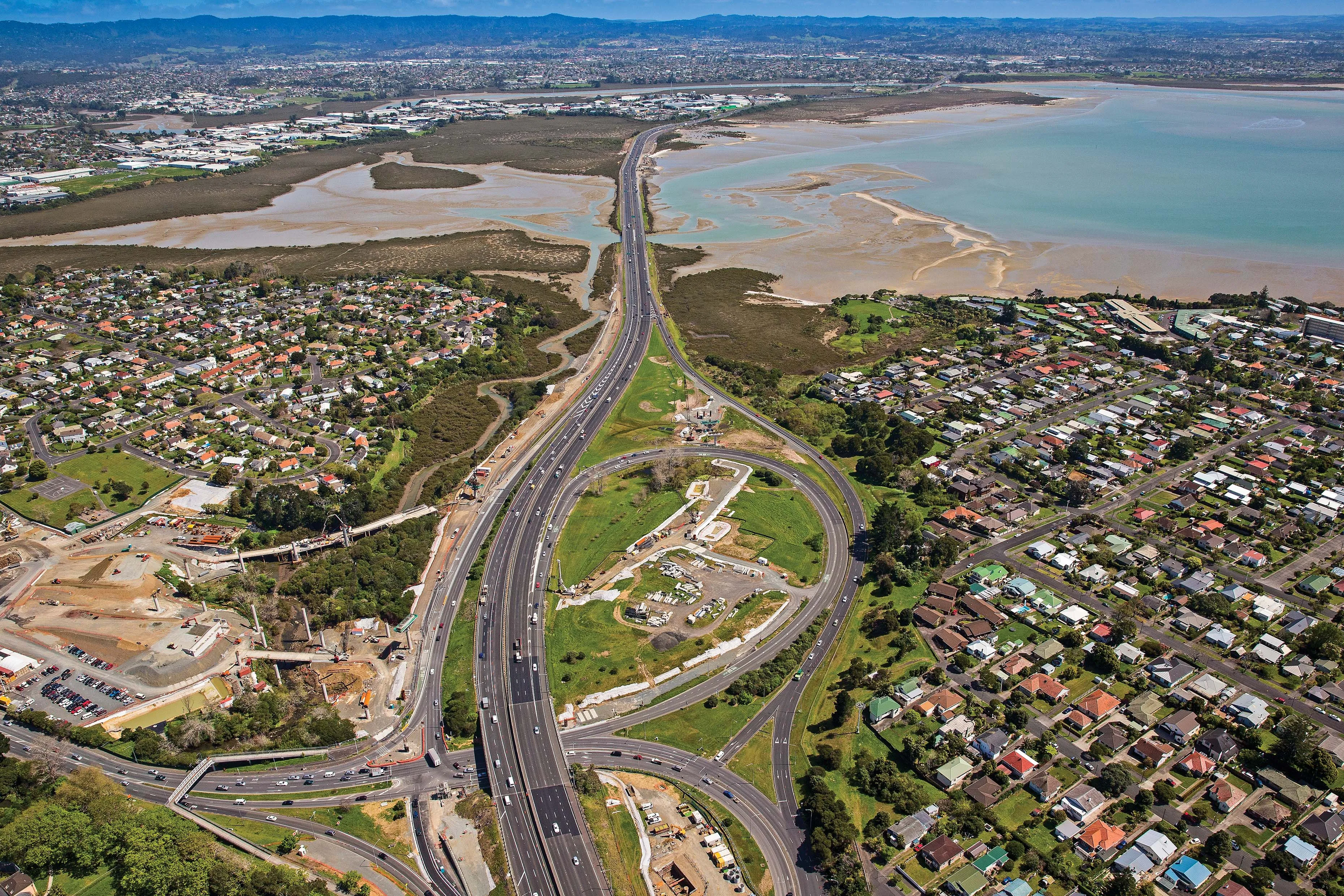S&P highlights success of Californian managed lanes project
Standard & Poor (S&P) has given Orange County Transportation Agency’s (OCTA) SR91 link one of the highest ratings for managed highway lanes in the world. S&P’s upgraded the SR91 Express Lanes Toll Revenue Bonds to AA-. The bonds were issued last year to refund bonds that were issued in 2003 when OCTA acquired the SR91 Express Lanes project from the private consortium that developed the project under California’s prior P3 law. The 91 Express Lanes is a four-lane, 16km toll road built in the median of Califor
August 11, 2014
Read time: 2 mins









